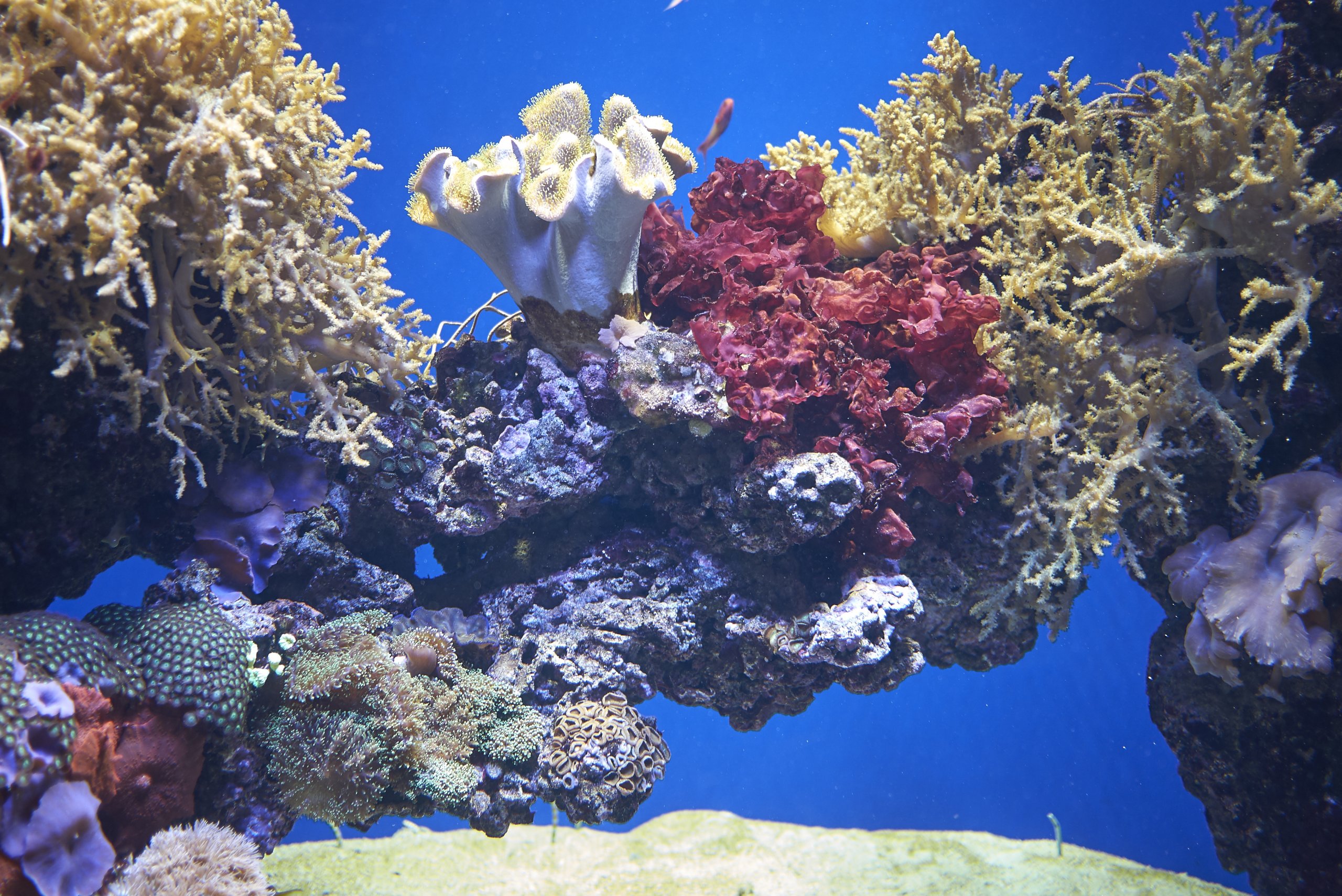Surviving Climate Change: How Plants and Animals Are Evolving
Tags: opinion

Nations across the globe are waking up to the threat of climate change. Climate change is progressing faster each day, leading to higher temperatures and altered precipitation. In regions that are already very dry now, like deserts, the effects of climate change predict even lower precipitation levels. In order to survive under these new conditions, organisms must adapt very quickly. So what do the animals and plants do to ensure they are surviving climate change?
A few ways in which animals are coping are by moving to cooler regions, adapting to the warmer environment, and some are even adapting and evolving as a whole species. Often when scientists put up global warming models, they ignore the adaptive capacity of life. A geneticist from the University of Melbourne, Australia, Ary Hoffmann explains that organisms are not static. If the earth and its climate are undergoing a change, why should we assume plants and animals won’t?
How Are Organisms Surviving Climate Change?
A 2011 review had already shown how hundreds of species are on the move. There was a median shift to higher altitudes of 36 feet (11 meters) per decade and a median shift to higher latitudes of about 10.5 miles (17 kilometers) per decade. And you don’t have to be a scientist to notice this. Be it gardeners or nature lovers, they all notice how more and more animals are reacting to the effects of climate change.
Nine-banded armadillos are moving from the south into regions of North Caroline. Trees are shifting to higher altitudes as are many animals. The endangered quino checkerspot butterfly was on the verge of extinction, but they shifted to higher altitudes.
Not just moving physically though. With Spring arriving almost 2 days earlier than it used to in the 1950s, plants and animals are changing their patterns too. Be it nesting of birds or flowering of plants, they all know how to adapt fast. A live experiment on corals proved just how fast living organisms are able to adapt.
Coral Resistance

Marine ecologist Stephen Palumbi from Stanford University, California, tested the heat tolerance of some Acropora hyacinthus corals. The ones from cooler pools were put in a hot pool. After a year, their heat tolerance was measured. Previously Palumbi had found 55% of corals being stressed under such conditions. But when left for a year, only 32.5% showed signs of stress. The rest had miraculously adapted to the warmer environment!
Two things are at play here: firstly the genetic evolution that allows life to persist. And secondly, phenotypic plasticity, which implies there was not genetic change yet living organisms could adapt and evolve with their environment in a short period of time.
Snails, Salmons, and Others
European large banded snails with light color shells have become more prevalent in the Netherlands. Even in dark and wooded places where one expects darker shells, the light ones are now dominating. And since genes are responsible for shell color, this another correlation between evolution in animals, global warming, and climate change.
Hey, are you enjoying our content? Want to see also some thought-provoking videos from Truth Theory? We are on YouTube, make sure you subscribe to our YouTube channel, click HERE
Alaskan Pink salmon are migrating from the Auke Creek where the water is heating up by about 0.03 degrees each year. And in Finland, tawny owls used to be light gray to camouflage with the snow. With declining levels of snow since the 1970s, brown tawnies are becoming more common.
Genetic modification in plants to survive climate change also includes the changing colors of petals. A research team led by Professor Katja Tielbörger from the Institute of Evolution and Ecology found how plants can modify their genes over a short time period to survive drought conditions. With a 12 years-long experiment, they manipulated the precipitation levels of plant communities. Plants used to humid conditions quickly adapted with earlier flowing time and put resources to produce seeds. But other processes like water efficiency and seed dormancy remained the same. This indicates some processes could be too slow for organisms to make the final cut.
But these isolated cases might seem hopeful for now, at best, they serve as grace periods. If human consumption continues the way it has, even these fast-adapting organisms might not stand a chance.
Are we ready to make the changes we need to make? Only reducing carbon emissions is not the answer. These plants and animals need our protection and care to ensure their survival. Climate change is creating ripples everywhere, are we prepared yet?
Images Credit 123RF © : Pop Nukoonrat Simona Flamigni

Leave Comment: